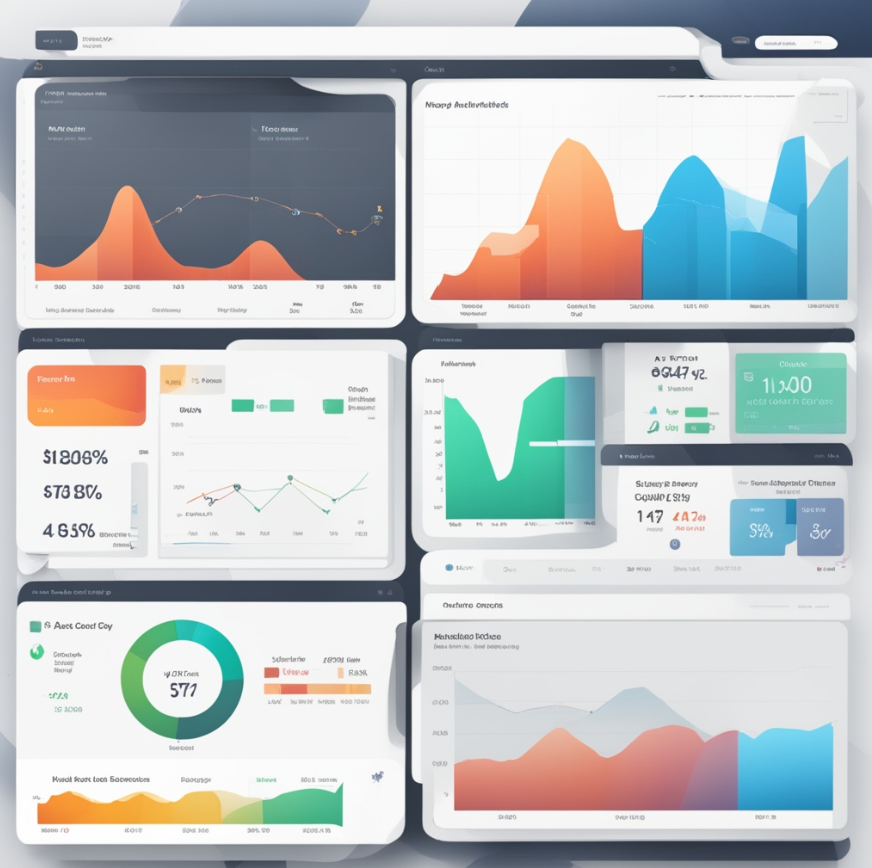
GitHub
Overview
Dashboarding analysis involves the creation and utilization of dashboards to visually represent and analyze data for informed decision-making.
Dashboards are interactive, user-friendly interfaces that display key metrics, performance indicators, and trends in a concise and comprehensible manner. They serve as a centralized platform for monitoring, analyzing, and interpreting data from various sources.
How it works
In the process of dashboarding analysis, data is collected from diverse datasets, such as databases, spreadsheets, or external APIs. This data is then transformed and organized to generate meaningful insights. Visualization tools, like charts, graphs, and widgets, are employed to represent the data visually. Users can customize dashboards based on their specific needs, selecting the relevant metrics and configuring the layout to emphasize critical information.
Dashboarding analysis is valuable across various industries and business functions. It enables stakeholders to quickly grasp the current state of affairs, identify patterns, and make data-driven decisions. Real-time updates and interactivity contribute to a dynamic analysis environment, allowing users to explore data from different perspectives and respond promptly to changing circumstances. Overall, dashboarding analysis streamlines the data analysis process, fostering a more efficient and informed decision-making culture within organizations.
